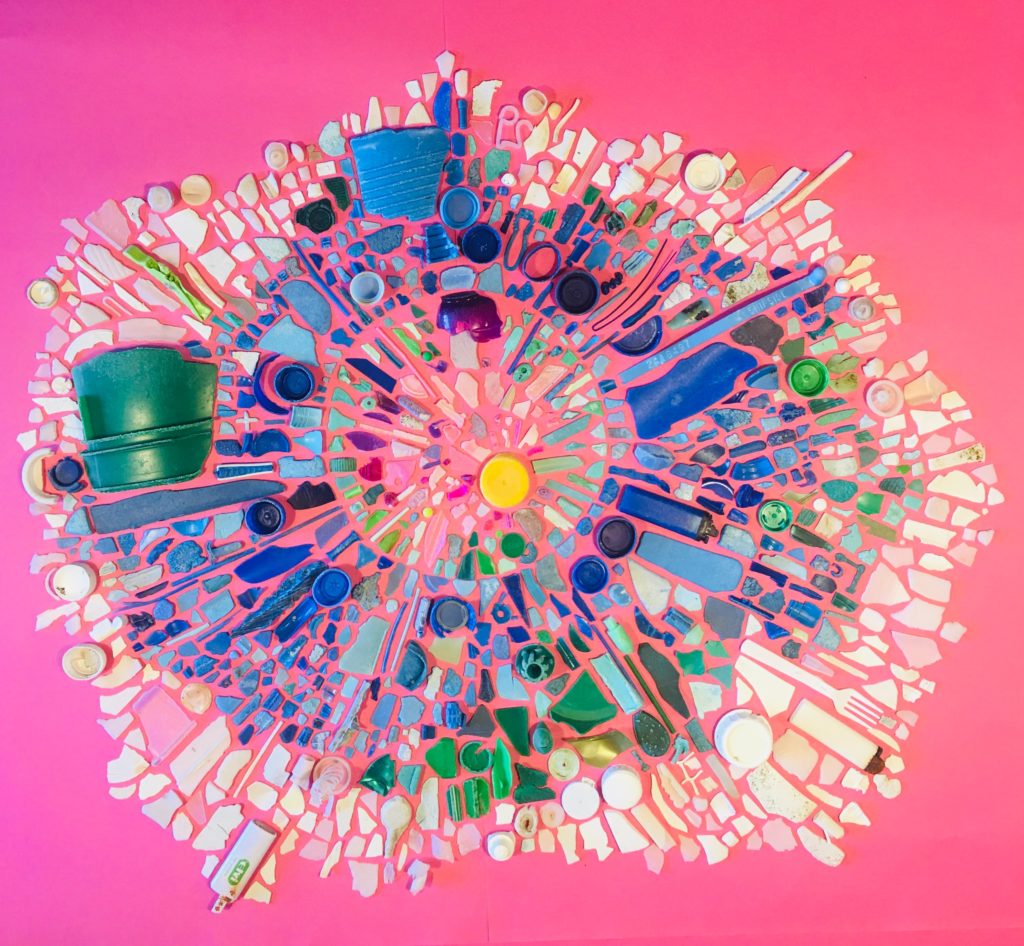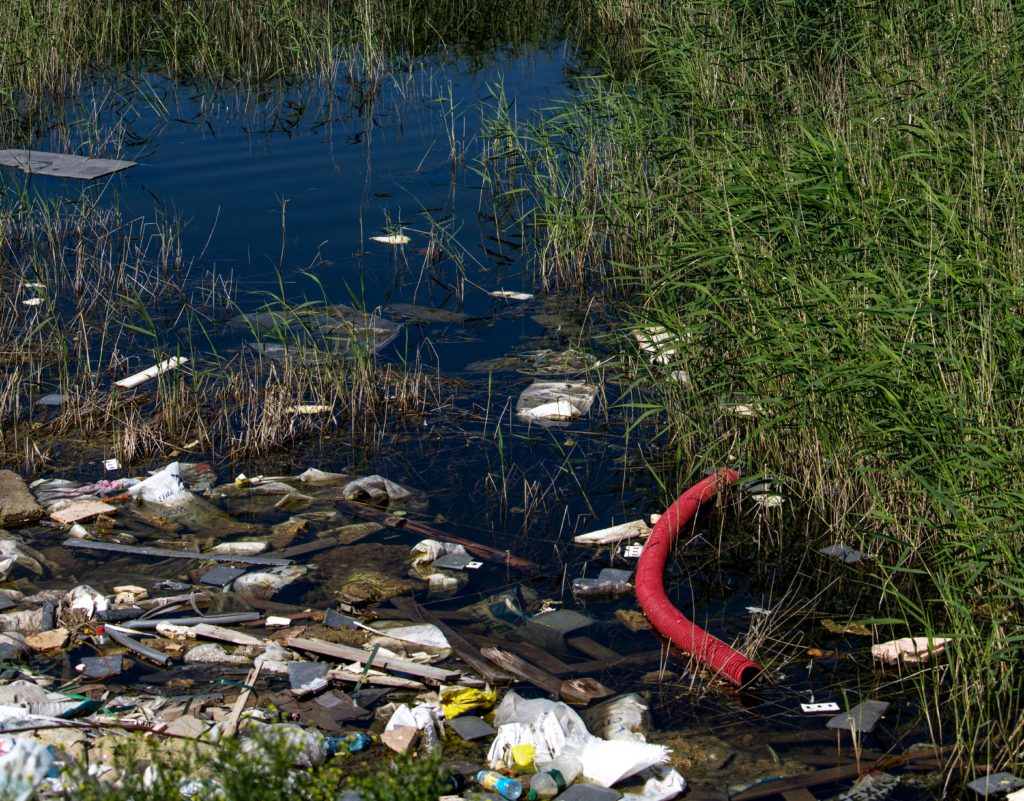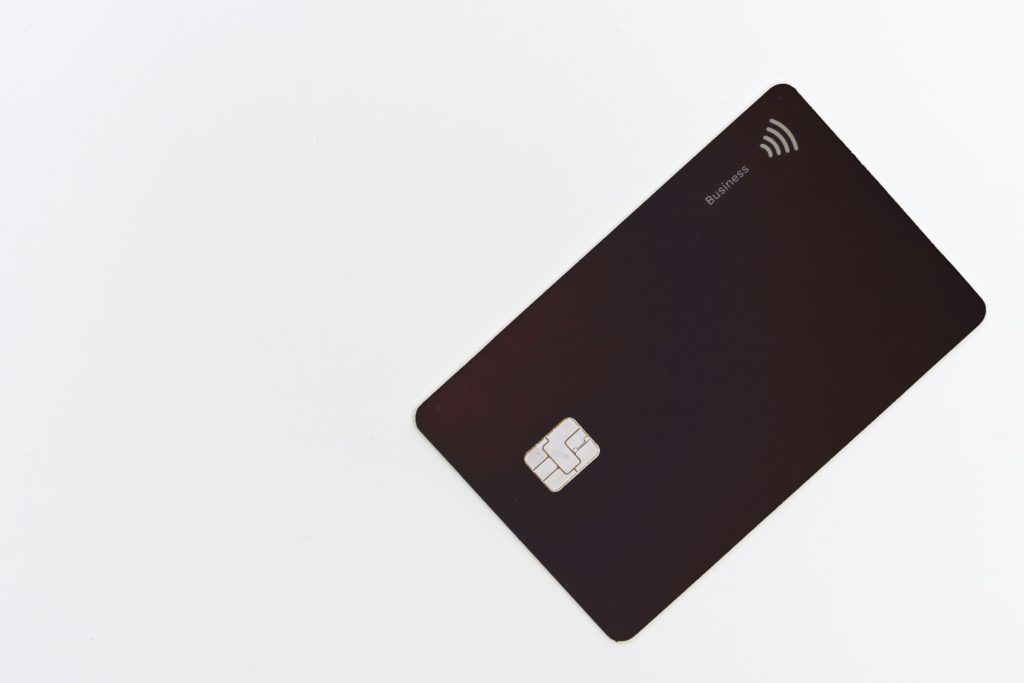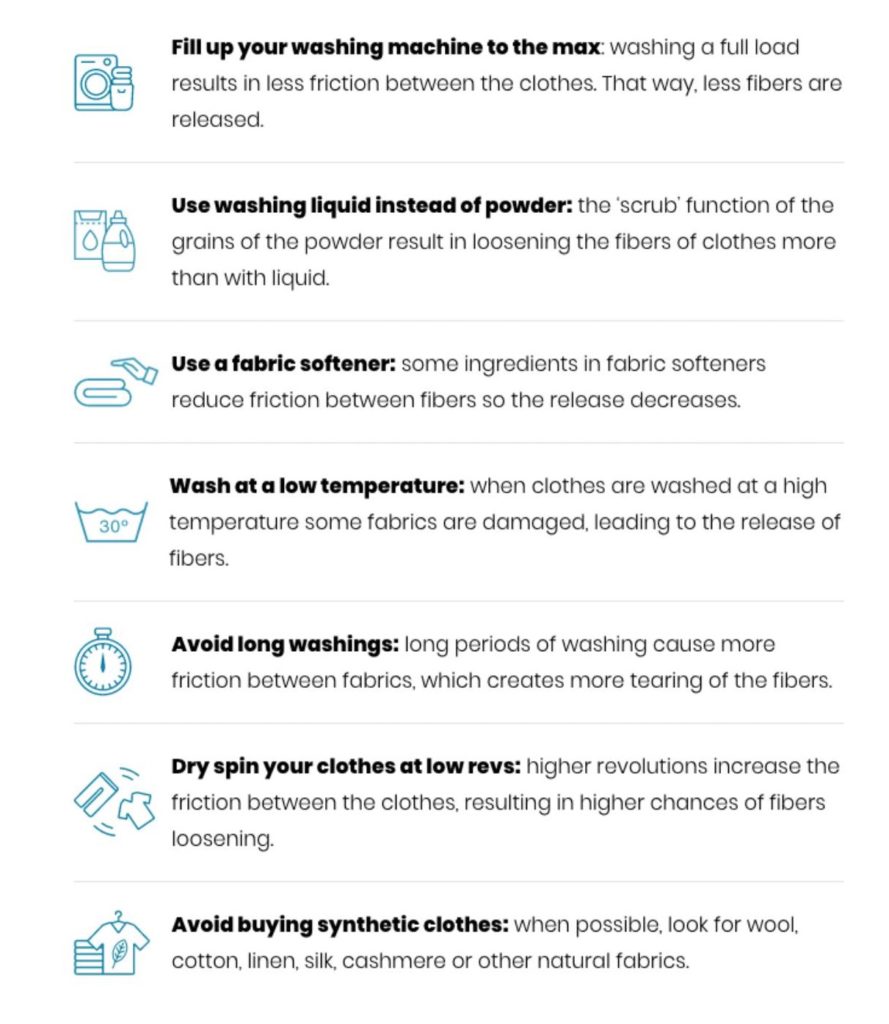All About Microplastics: Facts And New Research
All About Microplastics. MP are a big problem in the Anthropocene we live in. Here’s all you need to know about where they come from and how to mitigate them.

1. Microplastics, Microbeads, and Microfibers
These small plastic pieces come from a “variety of sources, including from larger plastic debris that degrades into smaller and smaller pieces.”1
Microbeads are manufactured forms of MP used as exfoliants in health and beauty products (including toothpaste); microbeads were not used in personal care items until just 50 years ago.1 The Microbead-Free Waters Act of 2015 banned the plastic manufacturing, packaging, and distribution of microbeads in cosmetics and personal care products.2 Microfibers are another form of MP and come from synthetic materials used in clothing like polyester, acrylic, and nylon.3 When the clothes and textiles made with these synthetic materials are washed, they “shed tiny plastic fibers that..does not biodegrade: it fragmentizes into smaller pieces.”3
“Plastic particles washed off from products such as synthetic clothes & textiles contribute to 35% of primary microplastics polluting our oceans.”3
2. MP Are Passed Into Waterways, Rivers, and Oceans

As of 2015, there’s an estimated 15 trillion to 51 trillion microplastic particles in worldwide surface waters.4 A newer, 2020 study done by Australia’s Commonwealth Scientific and Industrial Research Organisation (CSIRO), has estimated that “14 million tons of microplastic exist on the whole ocean floor”5; 35 times as much plastic estimated to be floating on the ocean’s surface.6 There is already about 150 million metric tons of plastic floating in the ocean and eight million tons of plastic are introduced into the water annually.6 Plastic fibers have even been found in the deepest parts of the ocean and inside the organisms that reside there. Amphipods are “tiny shrimp-like crustaceans that scavenge on the seabed”7 and in a sample of them from the Mariana Trench, 100% had contained plastic fibers – “every amphipod collected.”7
In a sample of five trenches “throughout the western Pacific and one deep-sea trench off the west coast of South America…No trench was fiber-free, and more than 80 percent of the amphipods contained them. When tested, the fibers were the same used in textiles, and the study suggests they entered the ocean after leaching from washing machines.”7
3. Marine Life Microplastic Bioaccumulation and Biomagnification
Unfortunately, MP can be mistaken as food by birds and aquatic life.1
“microplastics damage aquatic creatures, as well as turtles and birds: They block digestive tracts, diminish the urge to eat, and alter feeding behavior, all of which reduce growth and reproductive output. Their stomachs stuffed with plastic, some species starve and die.”8
In a 2020 journal article, Bioaccumulation and biomagnification of microplastics in marine organisms: A review and meta-analysis of current data, the authors, Michaela E. Miller, Mark Hamann, and Frederieke J. Kroon conclude that microplastic contamination transpires “across all five main trophic levels in a general marine food web”9 and microplastic bioaccumulation happens in many individual marine species among the four main, consuming, trophic levels. Laboratory studies have shown that “environmental exposure to chemical additives”9 affects bioaccumulation stronger than exposure to the chemicals associated with MP. However, that does not mean that MP and their associated chemicals are not a problem as they have been found in 114 aquatic species -and more than half of which humans consume.8
4. Humans Ingest MP

The average person consumes 5 grams of plastic per week and the “average American eats, drinks, and breathes in more than 74,000 microplastic particles every year”10 -just about the size of a credit card. Just from clothing, carpets, and curtains, humans inhale between 13,000 and 68,000 plastic microfibers per year.3 MP can possibly leach bisphenol A and phthalates. Bisphenols interfere with hormones and can cause reproductive harm, reducing fertility for both men and women; Phthalates are also hormone disrupters.11 PCBs, polychlorinated biphenyls, are endocrine disruptors that “are present in air, water, soil and many products manufactured before these chemicals were banned in the U.S. in 1979.” 12 PCBs are linked to “various cancers, a weakened immune system, reproductive problems and more”11 and MP can contain them. MP have been found in all major human organs, including the lungs, liver, spleen, and kidneys, through autopsies.13
5. There Is New Evidence of Microplastics in Human Placentas
Microplastics small enough to move through the bloodstream has been found in some human placentas -both sides of the placenta, fetal and maternal, “and in the membrane within which the foetus develops”14; potential effects include reduced fetal growth, upset developing immune systems, and other long term damage.14 These plastic particles were dyed in various colors and are thought to be from “packaging, paints or cosmetics and personal care products”14 and were likely” consumed or breathed in by the mothers.”14
A 2020 journal article, Plasticenta: First evidence of microplastics in human placenta, writes that MP “may alter several cellular regulating pathways in placenta, such as immunity mechanisms during pregnancy, growth-factor signalling during and after implantation, functions of atypical chemokine receptors governing maternal-foetal communication, signalling between the embryo and the uterus, and trafficking of uterine dendritic cells, natural killer cells, T cells and macrophages during normal pregnancy.”15
More research on human exposure to MP has to be done as the authors point out a need for studies on possible immune responses to MP or a release of toxic substances from them in human placentas.15
What You Can Do
- Use less plastic. One example, use reusable bags rather than plastic for shopping.
- To reduce your microfiber contributions, here’s a list from Ocean Clean Wash: https://www.oceancleanwash.org/solutions/solutions-for-consumers/

Sources
- US Department of Commerce, National Oceanic and Atmospheric Administration. “What are microplastics?” NOAA’s National Ocean Service, 13 Apr. 2016, https://oceanservice.noaa.gov/facts/microplastics.html.
- “The Microbead-Free Waters Act.” U.S. Food and Drug Administration, FDA, www.fda.gov/cosmetics/cosmetics-laws-regulations/microbead-free-waters-act-faqs.
- “What Is Microfibers Pollution and Why Is It Bad?” Ocean Clean Wash, 5 July 2021, www.oceancleanwash.org/the-issue/.
- Lim, XiaoZhi. “Microplastics Are Everywhere – but Are They Harmful?” Nature News, Nature Publishing Group, 4 May 2021, www.nature.com/articles/d41586-021-01143-3.
- “14 Million Tons of Microplastic Are on the Ocean Floor.” Science in the News, 16 Oct. 2020, https://sitn.hms.harvard.edu/flash/2020/14-million-tons-of-microplastic-are-on-the-ocean-floor/.
- Regan, Helen. “Study Finds 14 Million Metric Tons of Microplastics on the Seafloor.” CNN, Cable News Network, 6 Oct. 2020, www.cnn.com/2020/10/06/world/microplastics-oceans-14-million-metric-tons-intl-hnk/index.html.
- Gibbens, Sarah, and Laura Parker. “Deep Sea Creatures in the Mariana Trench Eat Plastic, Study Finds.” Environment, National Geographic, 3 May 2021, www.nationalgeographic.com/environment/article/deep-sea-creatures-mariana-trench-eat-plastic.
- Royte, Elizabeth. “We Know Plastic Is Harming Marine Life. What About Us?” Magazine, National Geographic, 4 May 2021, www.nationalgeographic.com/magazine/article/plastic-planet-health-pollution-waste-microplastics.
- Miller, Michaela E., et al. “Bioaccumulation and Biomagnification of Microplastics in Marine Organisms: A Review and Meta-Analysis of Current Data.” PLOS ONE, vol. 15, no. 10, 2020, doi:10.1371/journal.pone.0240792.
- Loria, Kevin. “How to Eat Less Plastic.” Consumer Reports, 13 Aug. 2019, www.consumerreports.org/health-wellness/how-to-eat-less-plastic-microplastics-in-food-water/.
- Reports, Consumer. “You’re Literally Eating Microplastics. How You Can Cut down Exposure to Them.” The Washington Post, WP Company, 7 Oct. 2019, www.washingtonpost.com/health/youre-literally-eating-microplastics-how-you-can-cut-down-exposure-to-them/2019/10/04/22ebdfb6-e17a-11e9-8dc8-498eabc129a0_story.html.
- Endocrine Society. “Exposure to Endocrine Disruptors during Pregnancy Affects the Brain Two Generations Later, Rat Study Shows.” ScienceDaily, ScienceDaily, 5 Mar. 2015, www.sciencedaily.com/releases/2015/03/150305125146.htm.
- Thompson, Dennis. “Autopsies Show Microplastics in All Major Human Organs.” Medical Xpress – Medical Research Advances and Health News, Medical Xpress, 17 Aug. 2020, https://medicalxpress.com/news/2020-08-autopsies-microplastics-major-human.html.
- “Microplastics Revealed in the Placentas of Unborn Babies.” The Guardian, Guardian News and Media, 22 Dec. 2020, www.theguardian.com/environment/2020/dec/22/microplastics-revealed-in-placentas-unborn-babies.
- Ragusa, Antonio, et al. “Plasticenta: First Evidence of Microplastics in Human Placenta.” Environment International, vol. 146, 2021, p. 106274., doi:10.1016/j.envint.2020.106274.








